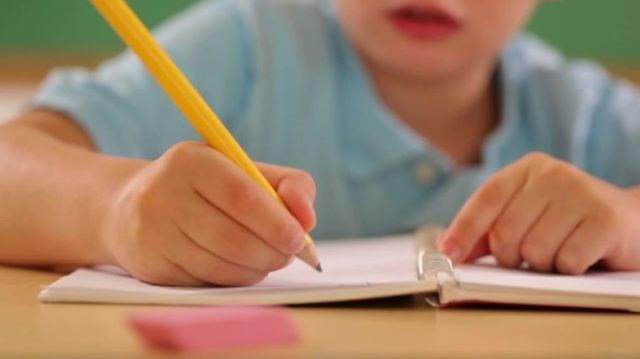Starting in 2023-24, Catholic trustees will receive two updates per year about students’ reading, writing and math levels instead of three because the school division is realigning its data collection timelines.
The current practice sees teachers in Holy Trinity Catholic School Division assess their students in September, February and June, with results forwarded to the division office and trustees.
Starting next school year, the division will provide the board of education with an initial learning accountability report in March and a year-end summary in September. The fall update would allow the division to compare itself to the rest of the province.
Meanwhile, the division will stay focused on reading, writing and math as its core pillars until the Ministry of Education releases a new education sector strategic plan (ESSP).
Division administration spoke about the changes during the December board meeting.
Reading
Administration believes it’s important to assess students regularly so teachers can provide responsive instruction and help improve student outcomes, said Mark Selinger, supervisor of learning and technology.
Holy Trinity will continue to assess pupils in grades 1 to 3 three times a school year, with the fall assessments helping inform classroom instruction, he continued.
The division gave teachers the option this past September to either continue using a full reading benchmark assessment program or use a quicker “temperature check” so they knew where their students were. However, that data was not passed to the division office.
The full assessment will be completed again in February and June, with administration receiving that data.
The temperature check was “very well received” by educators because giving the full assessment in September is time-consuming, Selinger said. Therefore, the division will continue with this approach because of the benefits of faster assessments.
The division created a reading interventionist position in 2021-22 and will continue that role, he continued. This person provides extra support to students as Holy Trinity works to bridge the learning gaps that the pandemic caused.
Meanwhile, the division purchased new software to help students rebuild the foundational reading skills they lost due to pandemic disruptions.
Writing
Holy Trinity assesses the writing skills of students in grades 4, 7 and 9 using provincial holistic writing rubrics, while teachers are encouraged to use these rubrics to guide their instruction, said Selinger.
Although the province no longer collects this data because the ESSP has expired, Holy Trinity continues to acquire this information to monitor students’ skills and help improve their outcomes until the new ESSP is available.
Math
The division saw significant growth in students’ math levels from September 2021 to June 2022, while there is further opportunity to grow those skills, said Selinger.
Holy Trinity created a math interventionist position in January 2021 and will continue to use that role to capitalize on that growth, he continued. To support that position, the division will continue to use the Greater Saskatoon Catholic School Division’s math assessment to test pupils in grades 1 to 9 three times a year.
The division will also promote the newly developed SaskMath resource to support high-quality instruction and assessment practices, while it will promote another program so teachers can help pupils bridge any numeracy learning gaps.
The Saskatoon-based program uses a goal of 65 per cent for outcomes, and while that number seems low, it’s less about assessing proficiency and more about showing teachers where students need help, Selinger said.
“So, it isn’t uncommon for us to see a 65 per cent for that assessment; it doesn’t shock us,” he stated.
Since the province doesn’t collect this data anymore, Holy Trinity could contact other divisions and ask for their math assessment information to make comparisons, said Selinger. However, not every division uses the same Saskatoon-based math assessment program.
“We hear anecdotally that middle years math is a challenge across the province, but it would be really valuable to have that concrete evidence to compare to,” he added.
The next Holy Trinity board meeting is Monday, Jan. 16.




